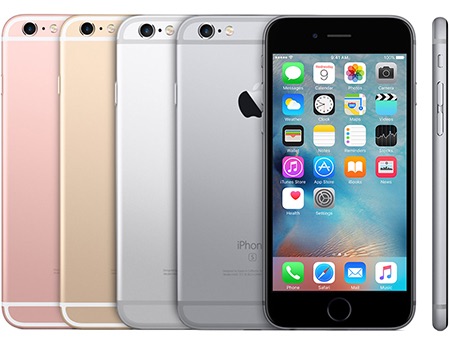PromaxBDA: iPhones Take Edge Off Interviewing

Mike Castellucci, a reporter at Tegna’s WFAA Dallas, says that when he first brought an iPhone instead of a cameraman to a story shoot “the subject was visibly underwhelmed.”
That was five or so years ago. In the time since, Castellucci has mastered using the smartphone camera, shooting half-hour specials that air on the ABC affiliate entirely on an iPhone. Doing so also now seems to take the edge off doing interviews, which could be hampered when a big, broadcast camera is involved, he said.
“They seem very relaxed,” Castellucci said. “It’s not intimidating at all.”
Castellucci’s comments were part of a panel discussion on the growing use of consumer-grade gear for professional photography – and how to do it well – Wednesday at the PromaxBDA conference in New York.
Castellucci, the only broadcaster on the panel (a wildlife and still photographer discussed using GoPros and drones as well), said he initially experimented with an iPhone camera “as a creative outlet.” But he knew he was onto something good when he sent a story to a chief editor who “had no idea it was shot with anything different than our $80,000 camera.”
In the time since, Castellucci has used a smartphone for shoots on locations including Ireland. He also has produced two editions of Phoning It In, half-hour WFAA specials shot exclusively on Castellucci’s iPhone.
Castellucci said that, although smartphones are geared toward consumers, using them to produce broadcast-quality content does take skill, as well as a few fancy gadgets.
The smarter way to stay on top of broadcasting and cable industry. Sign up below
Stabilizers, lenses – zoom, wide-angle and fish eye – and mounts are among the accessories Castellucci uses to get steady, engaging shots with an iPhone, although doing so without gear can be accomplished if you “just hold it steady against your body.
"When you have (an iPhone) in your hand you don’t walk like you’re walking on hot coals. You walk like you’re walking on glass,” he said.
Other tips: Always have backup batteries on hand, and store video in two-minute installments to preserve storage.
Yet, Castellucci said, having the right gear is just one component of producing meaningful stories.
“It doesn’t matter what technology you’re using. It’s going to change tomorrow,” he said. “Engaging, emotional storytelling is what it’s about.”
